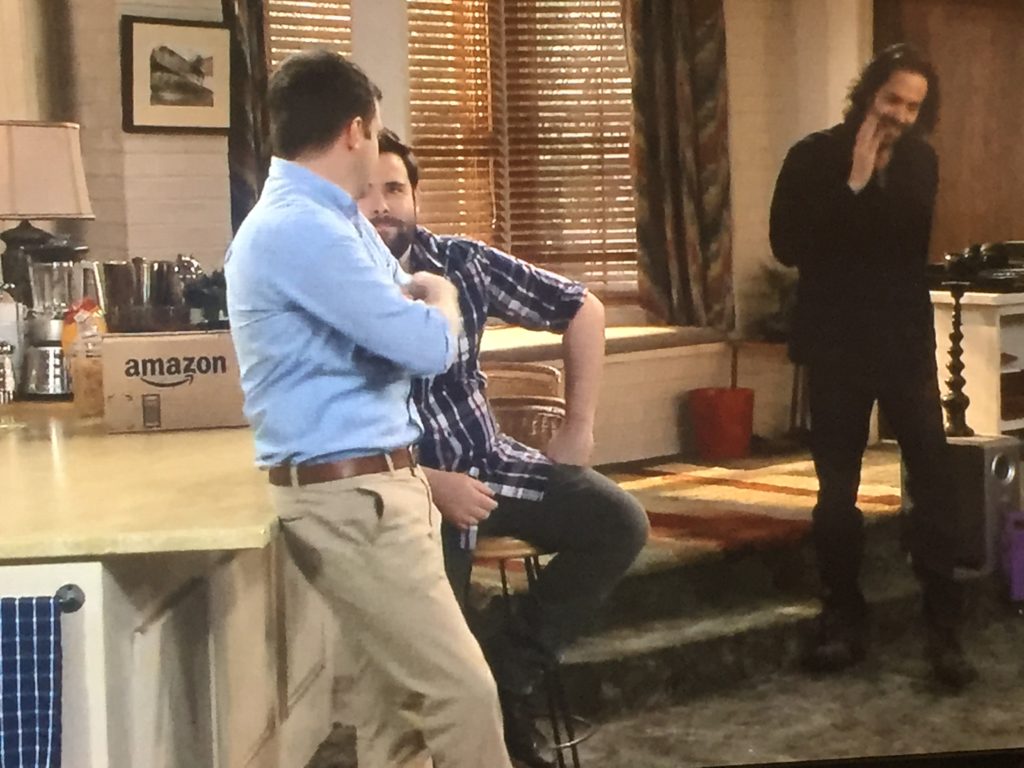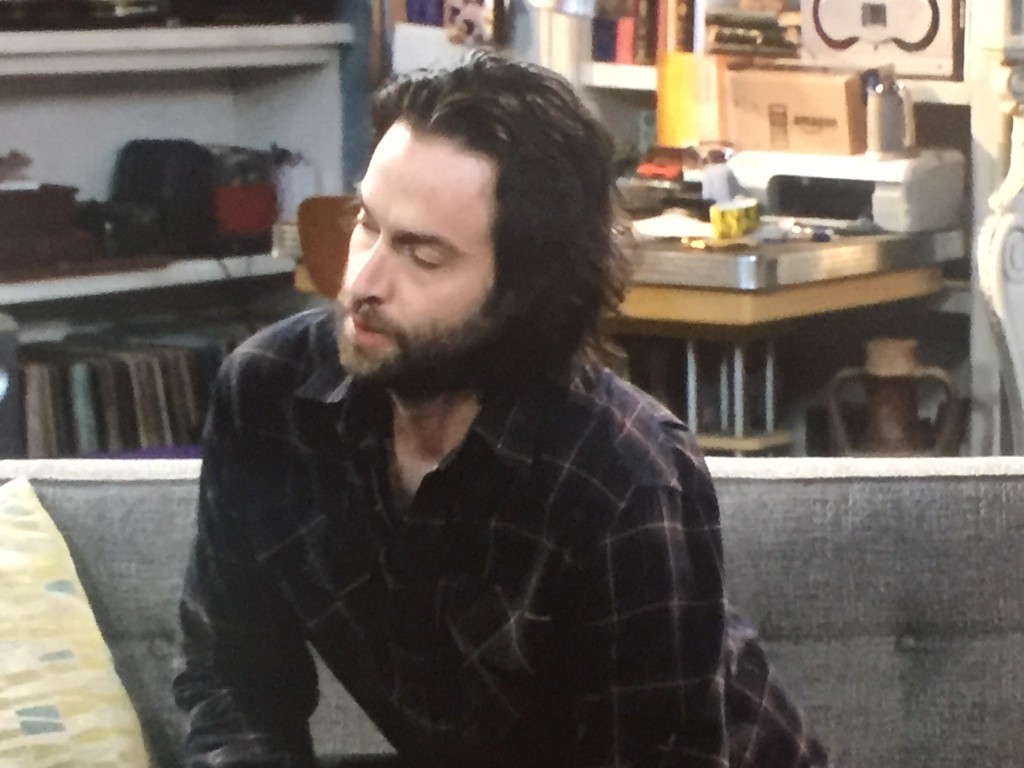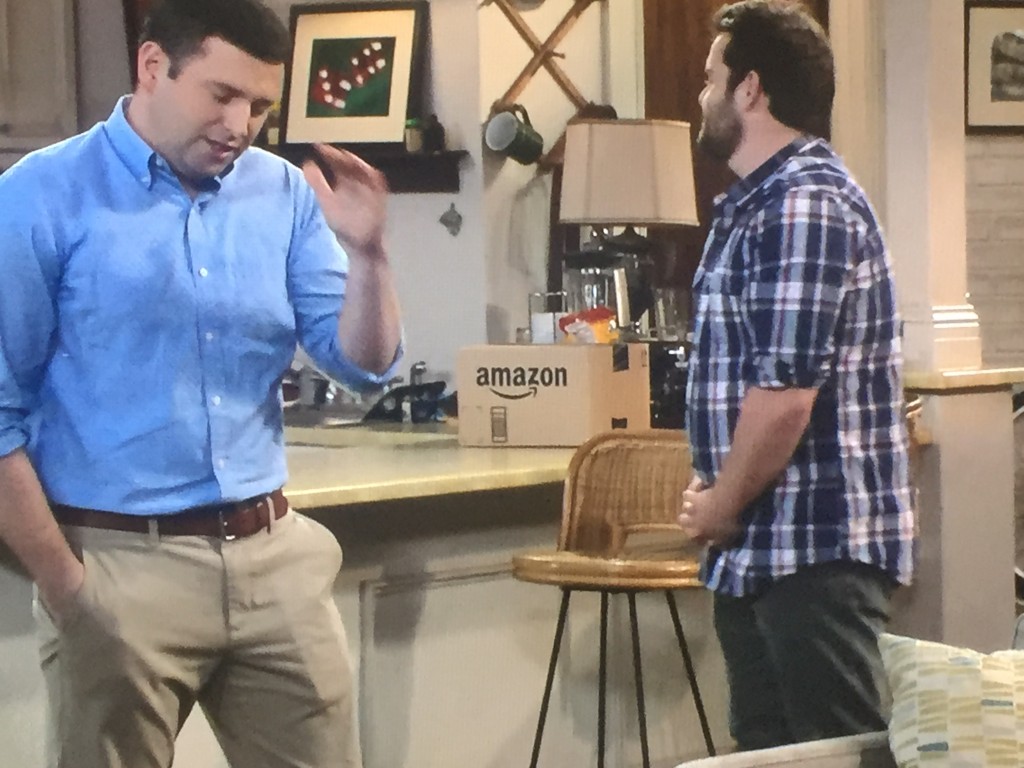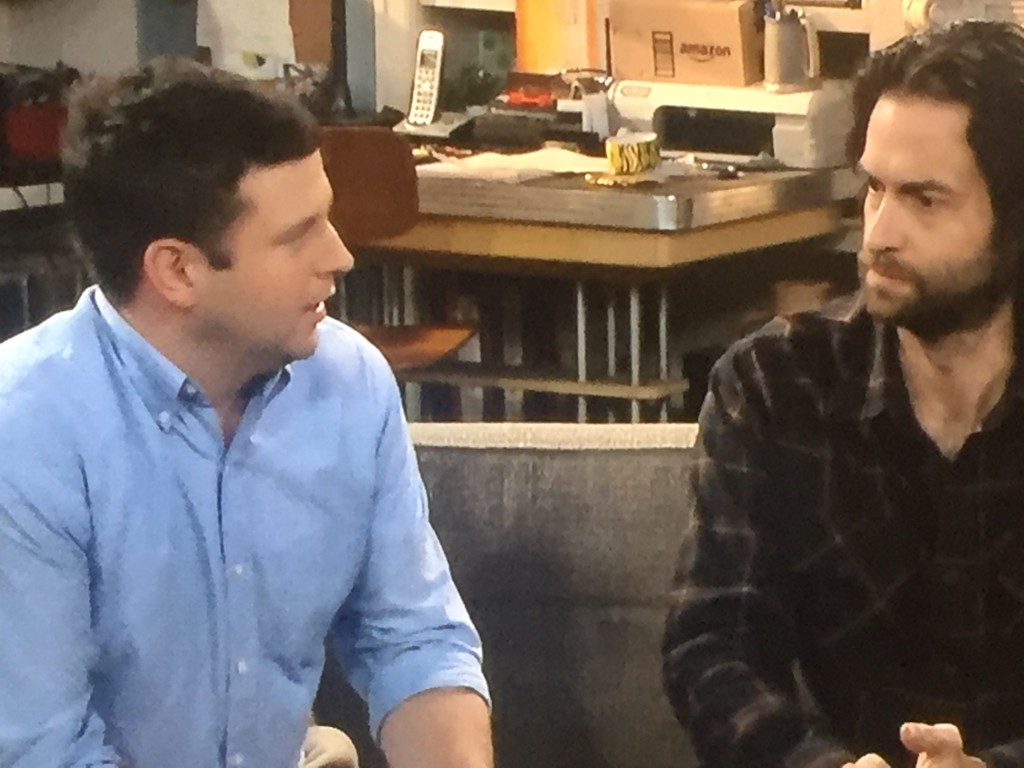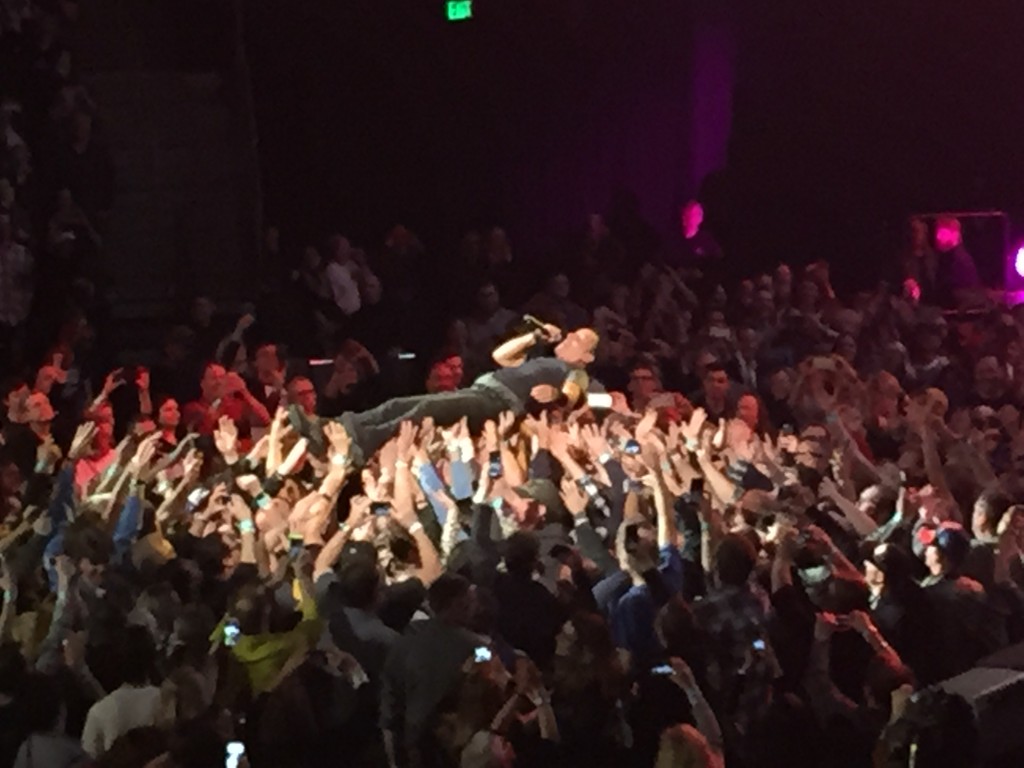So I broke the #1 rule of consistency. But it’s been kind of a nutty week. More announcements to come…
Sports
All Hail the Mariners. All Hail a 10-9 record. All Hail being in 1st place in the West with just 88.3% of the season remaining. At this pace they’d win 85 games which *could* get them close to a playoff spot. For comparison, last year the Astros made the 5th playoff spot with 86 wins. So that’s saying something.
History
I found myself pretty intrigued by the historical TV show “Turn: Washington’s Spies” over the last year or so, and did a little research on some of the American Revolution’s main characters. Here’s a little stat you don’t read in your 6th grade history books. Ben Franklin had an illegitimate son. That son had an illegitimate son. That son had an illegitimate daughter. I’m not sure those are the family values the Daughters of the American Revolution type conservatives want to talk about.
Politics
Man, is this really going to be Trump vs Clinton? Most interesting idea I have heard lately is to temporarily pass a Constitutional Amendment making the President a 2 year term of office, giving us a redo for 2018.
Business
Good luck to the 32 teams still remaining in the University of Washington’s Business Plan Competition. This is the first year in a long time that I don’t have any students trying to get their companies off the ground. But I’m still looking forward to seeing what this year’s group has come up with.
Culture
Where would you say Prince’s death fits in terms of impact and surprise? Not quite Cobain level perhaps? But close. RIP.
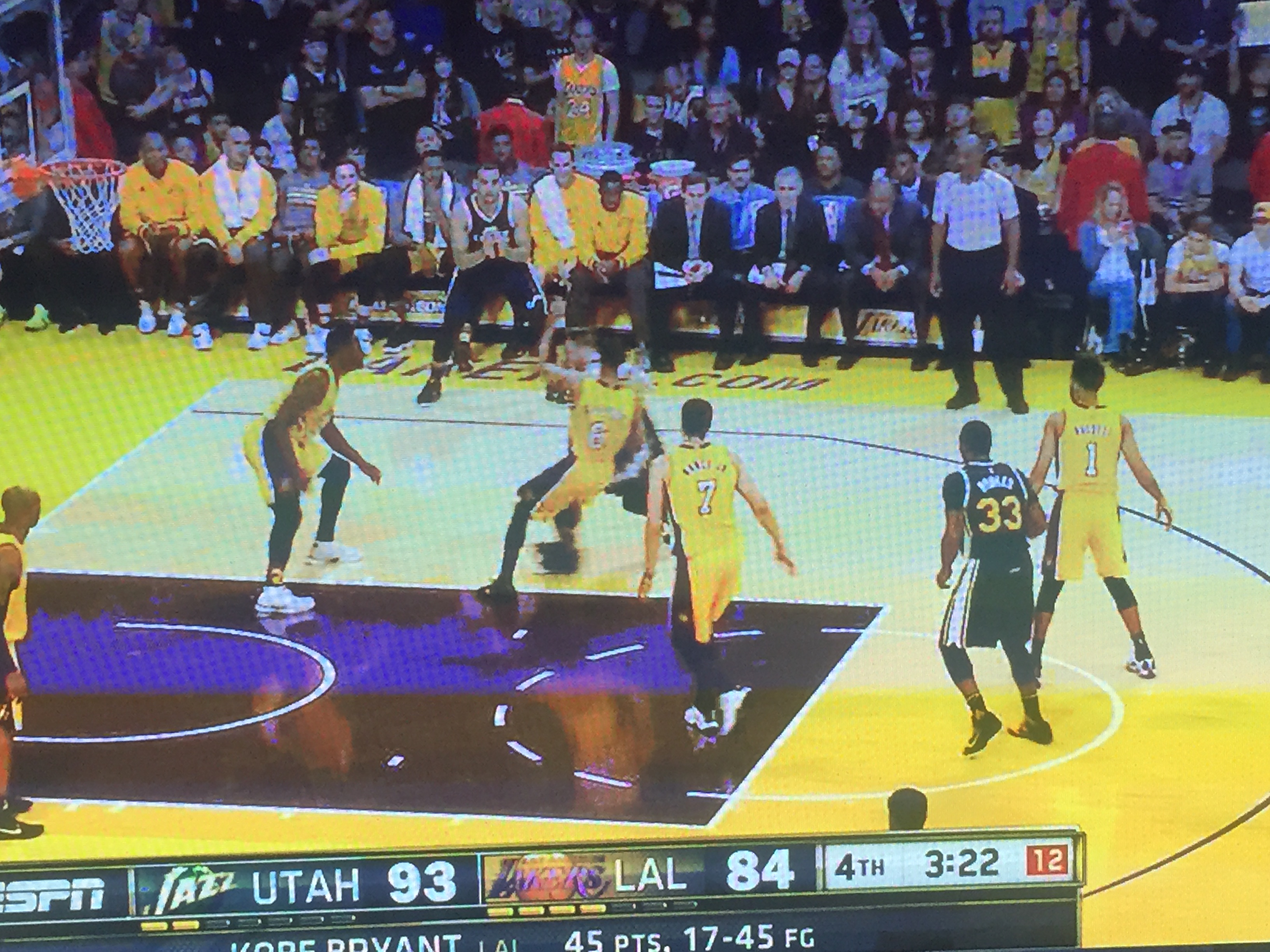
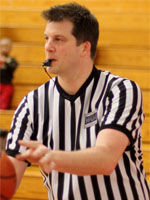
 Consider a typical 5th grade game. If we were to enforce all the rules in the NFHS rule book, the ball would never cross half-court because we would call travel violations on every possession. Nobody wants to sit through that. Instead, we have to balance where the rules must be enforced and when to let them slide for the sake of the kids trying to learn the game.
Consider a typical 5th grade game. If we were to enforce all the rules in the NFHS rule book, the ball would never cross half-court because we would call travel violations on every possession. Nobody wants to sit through that. Instead, we have to balance where the rules must be enforced and when to let them slide for the sake of the kids trying to learn the game. 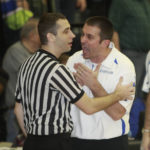 We need to apply the same logic in a high school game. Although our tolerance for violations narrows a bit, we still have to consider the skill level of the players. Our 3A state champion team is probably going to have a different skill level than a rural 2B team with 6 varsity players. We have to figure out how to manage that gap in skill sets every single game.
We need to apply the same logic in a high school game. Although our tolerance for violations narrows a bit, we still have to consider the skill level of the players. Our 3A state champion team is probably going to have a different skill level than a rural 2B team with 6 varsity players. We have to figure out how to manage that gap in skill sets every single game.  But remember, youth and high school sports are for the kids. In addition to being competitive events, they are teaching opportunities and a way for your kids to gain confidence. Our decisions might be different than yours, because we are working hard on blending a need to enforce the rules of the game while considering the quality of the experience.
But remember, youth and high school sports are for the kids. In addition to being competitive events, they are teaching opportunities and a way for your kids to gain confidence. Our decisions might be different than yours, because we are working hard on blending a need to enforce the rules of the game while considering the quality of the experience.